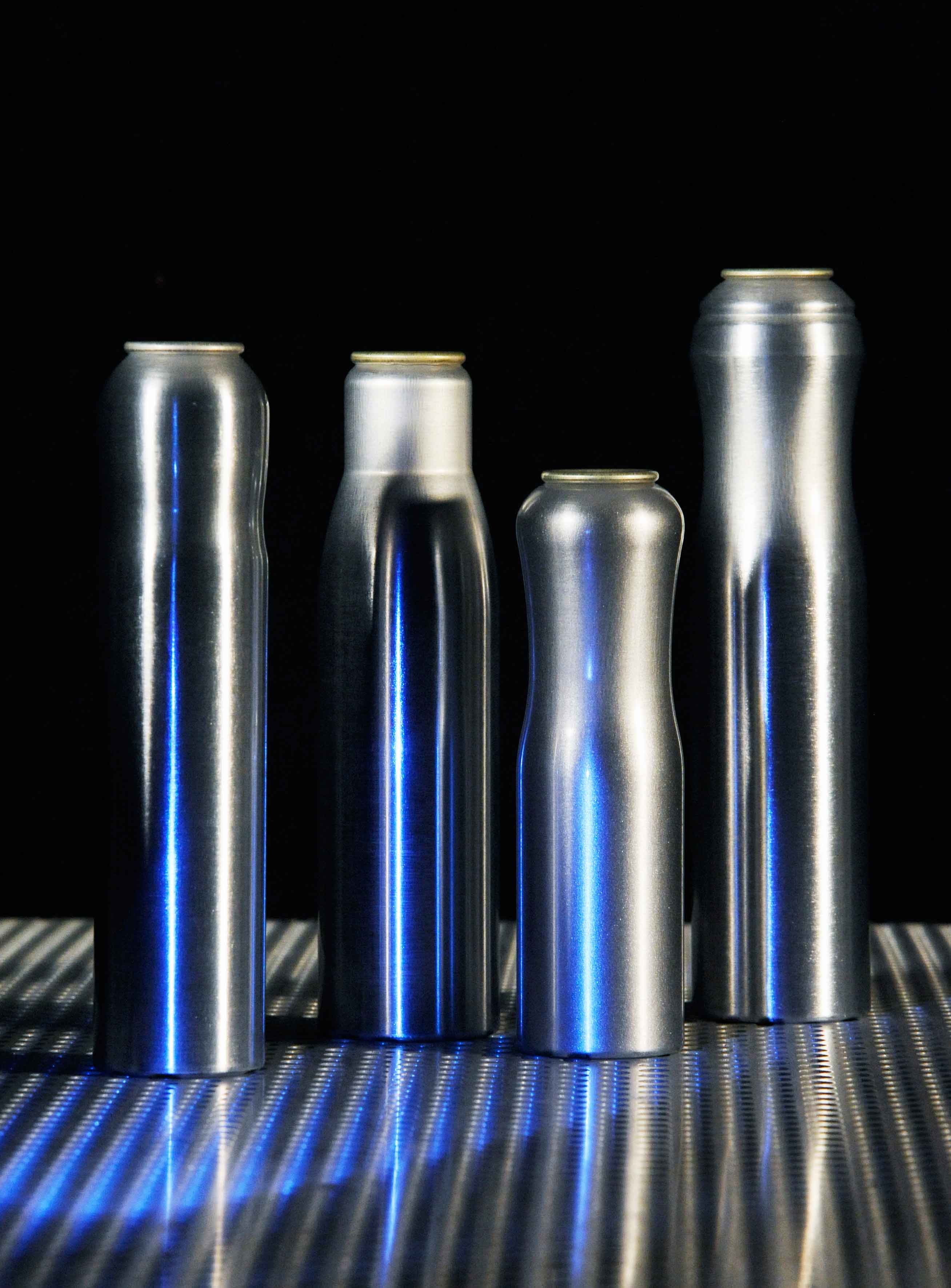
The member companies of AEROBAL, the International Organisation of Aluminium Aerosol Container Manufacturers, could be more than happy with developments in shipments around the world. In the first half of the year, they boosted output of aluminium aerosol cans by a remarkable 4.5 per cent compared with the corresponding period a year earlier to about 2.9 billion cans. AEROBAL’s member companies account for about 70 per cent of the world’s production of aluminium aerosol cans. “Given the current economic situation we cannot complain about this stable market growth,” says Gregor Spengler, Secretary General of AEROBAL, commenting on the gratifying figures. “It emphasises the popularity of the aerosol can as a packaging material globally.”
The positive performance of the aluminium aerosol can is primarily attributable to solid growth in the North and South American markets, which have recovered again from a small dip in 2015. User markets in Asia were very robust and tended to be on the positive side. And despite the complicated and difficult economic environment in the Middle East, the markets there were also surprisingly stable and reported slight growth as well. In contrast, shipments in the largely saturated European market stagnated in the first half of the year.
“The reasons for the very satisfying development of aluminium cans as a whole is attributable mainly to the strong performance of certain products and fields of application,” explains AEROBAL President Eric Frantz. “Drivers for the gratifying growth globally were primarily deodorants, which have shown impressive growth for years. However, other products from the cosmetic sector, like dry shampoos or shower foams, are enjoying ever greater popularity worldwide, too. In both the cosmetics and pharma sectors we are also witnessing a whole range of hidden marketing opportunities for aluminium aerosol cans thanks to aluminium’s outstanding material properties. This will open up market potential and gives us reason to be optimistic about the future development of our industry despite the increasingly tougher competitive environment.”






